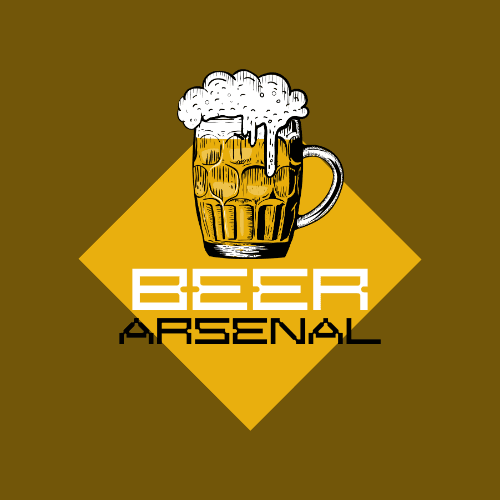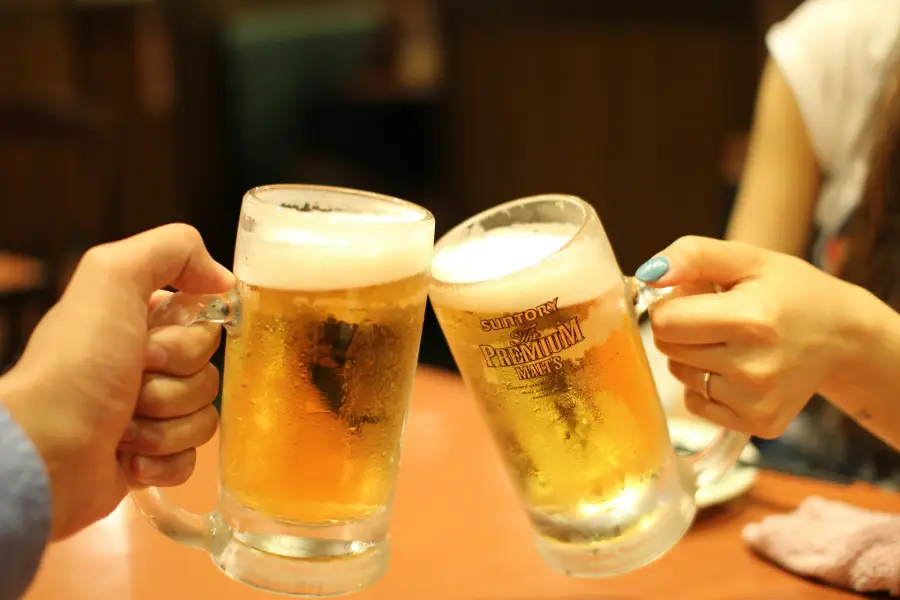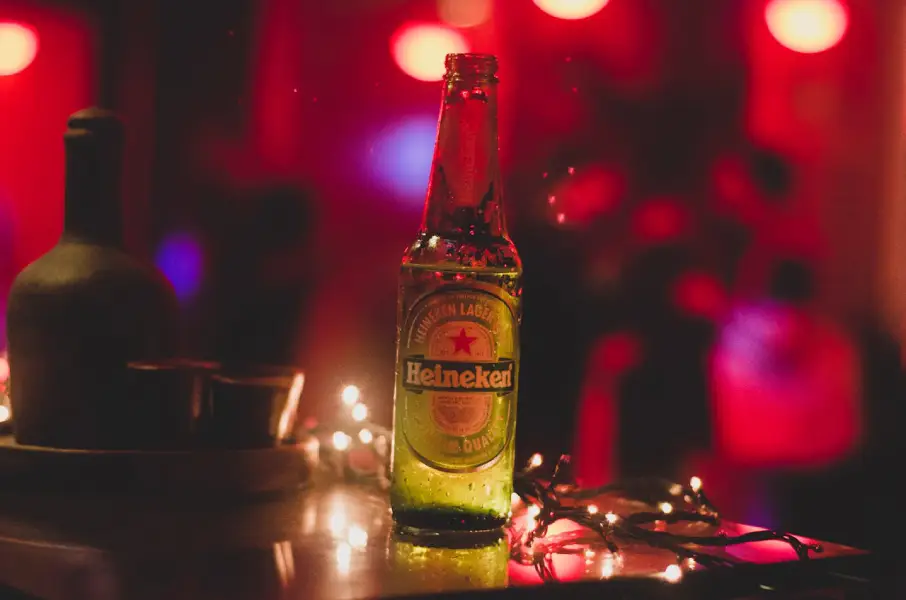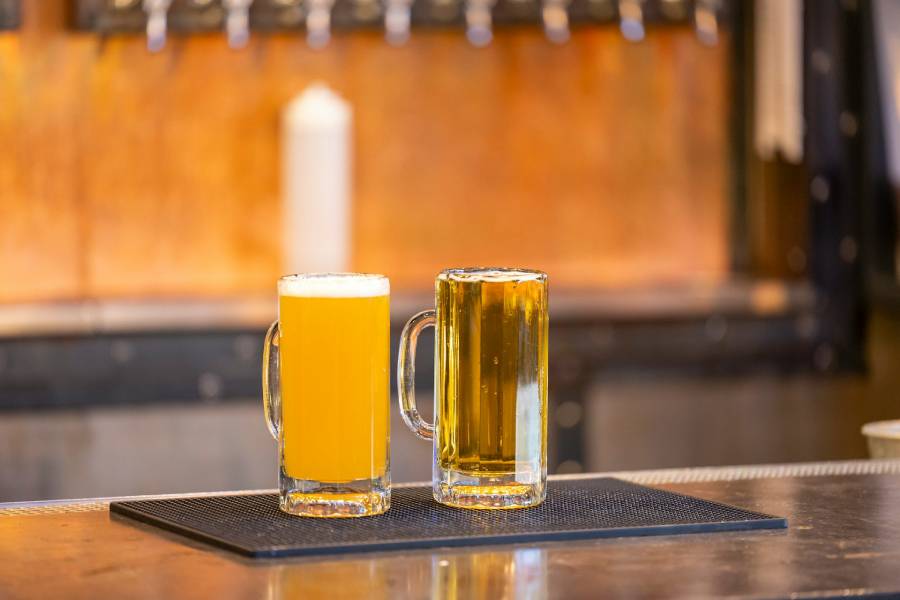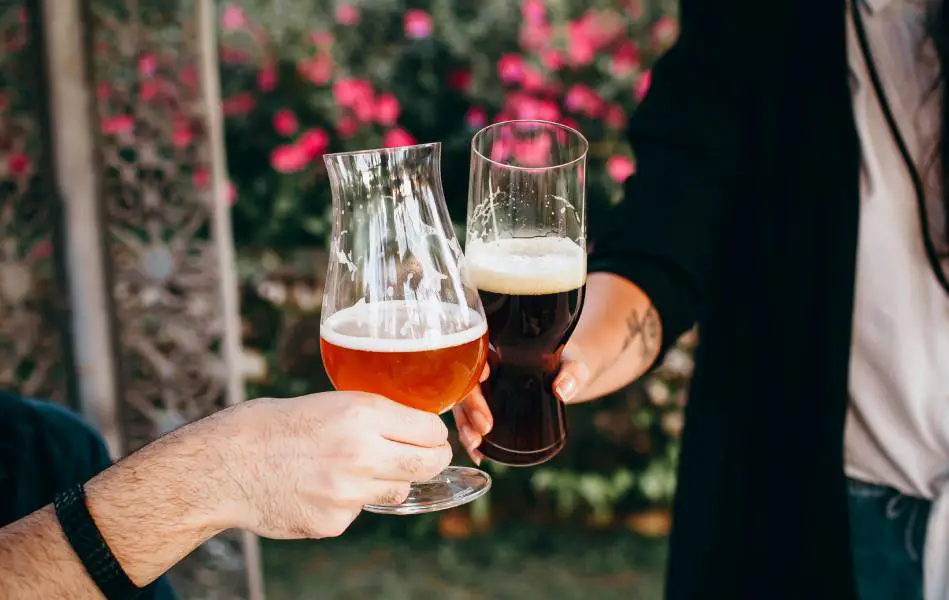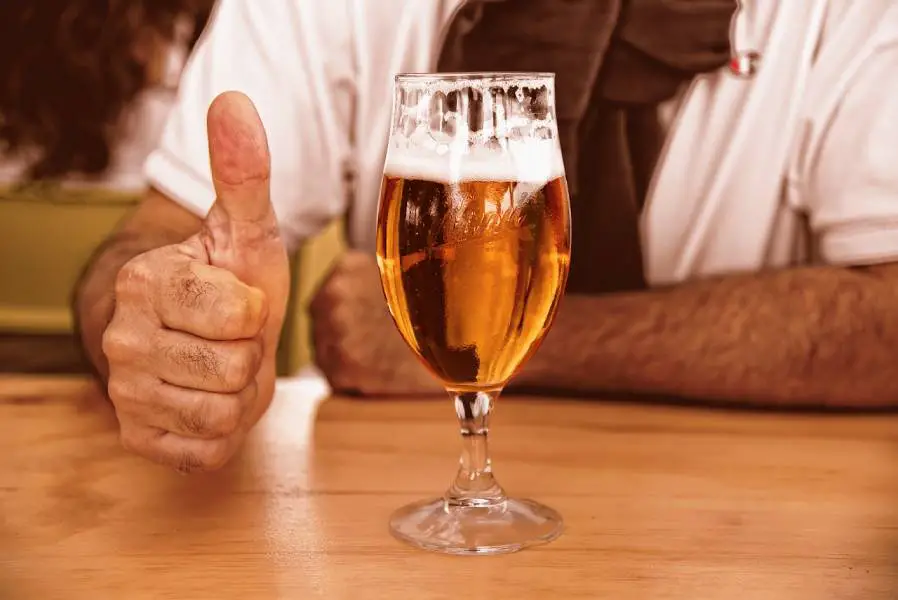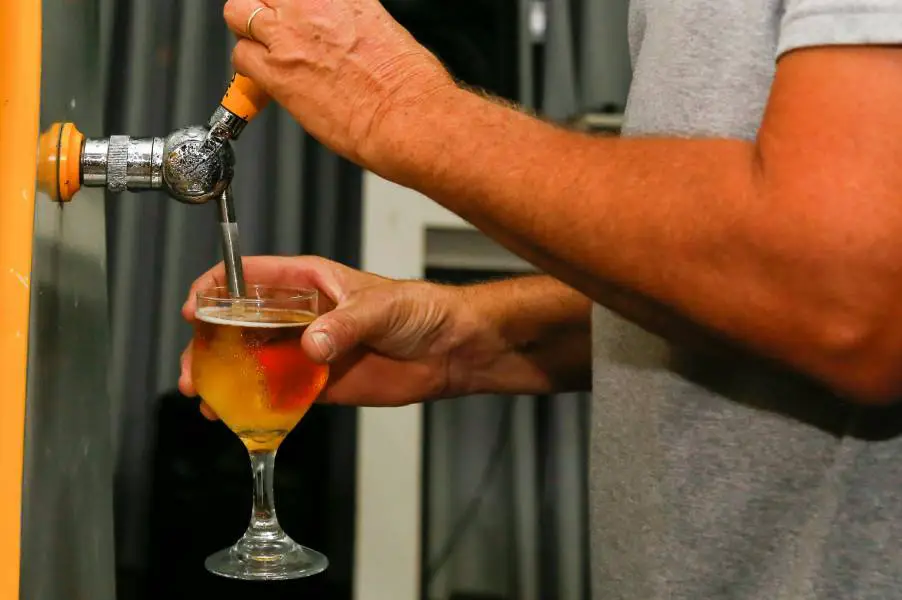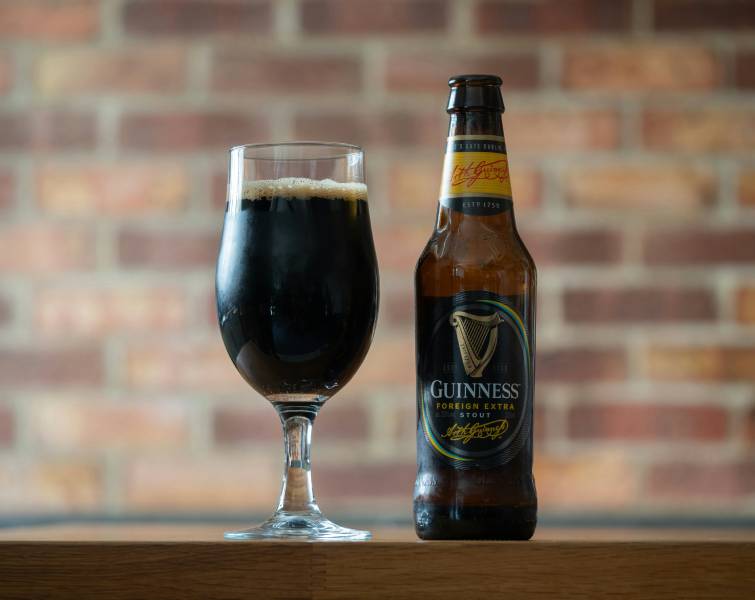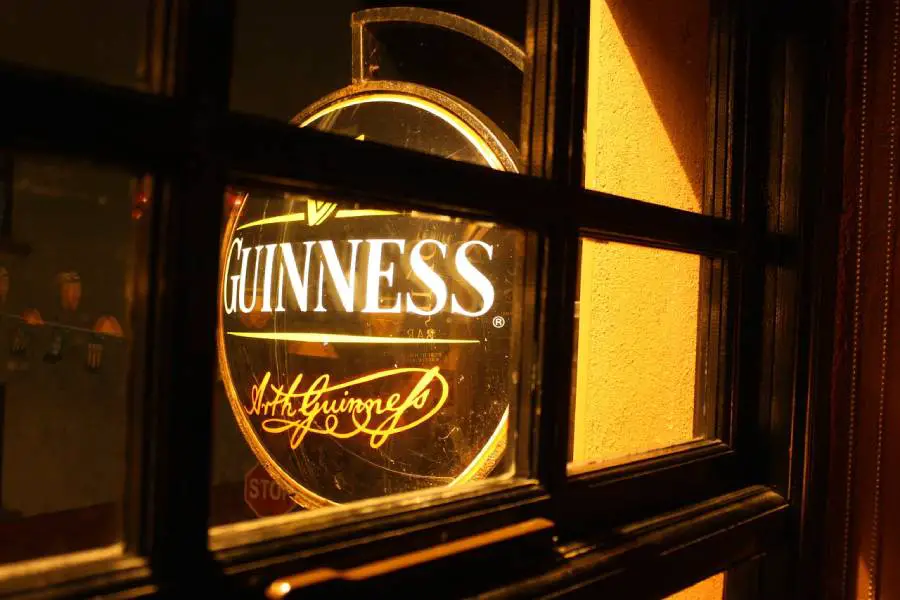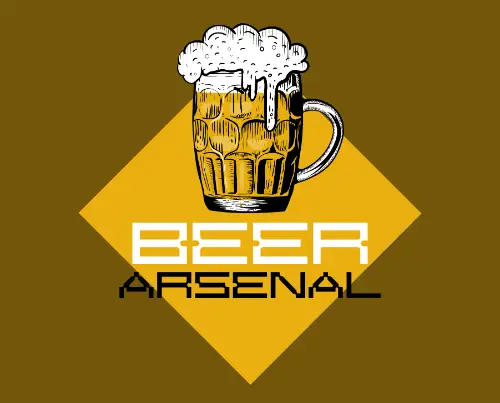As a homebrewer, it’s important to learn how to carbonate beer with sugar to achieve that satisfying fizz and enhance the overall flavor of your brew. This traditional method is extremely simple and cost-effective. It’s ideal for creating naturally carbonated beer with just the right amount of bubbles.
How to Carbonate Beer With Sugar Step by Step
Carbonating beer with sugar is the first step in achieving a balanced and authentic homebrew. This method offers a natural way to introduce carbonation, giving your beer a fine, consistent fizz without relying on artificial means. It’s ideal for those who appreciate the hands-on approach to crafting each bottle.
Using sugar to carbonate your beer also allows for customization. By adjusting the type and amount of sugar, you can influence the beer’s flavor profile and carbonation level. This control over the final product adds a personal touch, making each brew uniquely yours, tailored to your taste preferences.
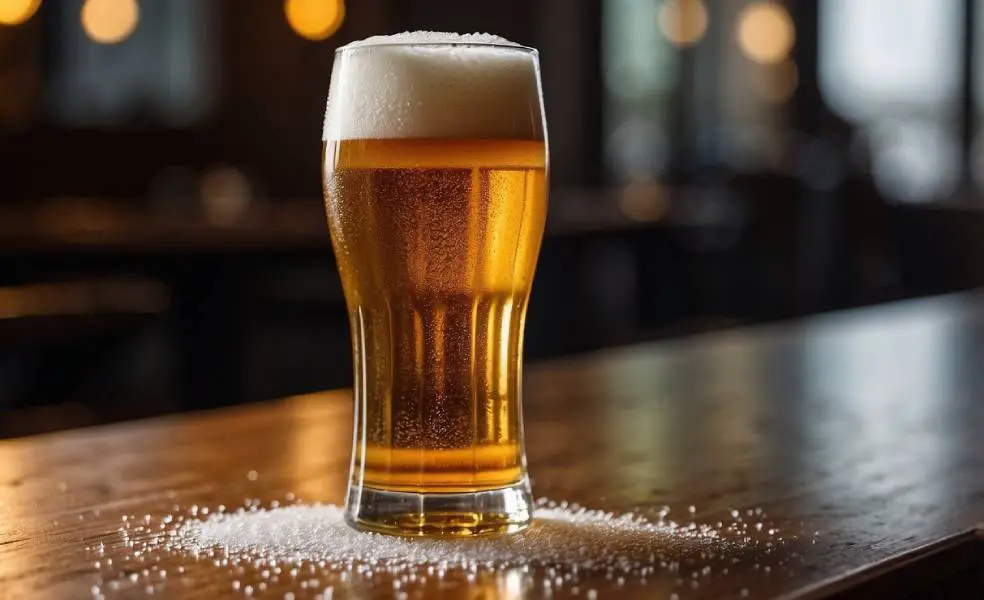
The following step-by-step guide will help you carbonate your beer satisfactorily and to your liking:
Step 1: Choose the Right Sugar
Choosing the right sugar is key to achieving your beer’s desired carbonation level and flavor. Different sugars can produce varying effects on taste and carbonation.
- Corn Sugar (Dextrose): Popular for its clean fermentation, corn sugar dissolves easily and adds little to no flavor, making it ideal for most beer styles.
- Table Sugar (Sucrose): Readily available and affordable, table sugar ferments completely and is suitable for many brews. It can slightly increase the alcohol content.
- Dry Malt Extract (DME): Adds a maltier flavor and body to the beer, which is perfect for those looking to enhance the richness of their brew.
- Honey: Provides subtle floral and sweet notes, depending on the type used. Honey ferments slower, offering a unique twist to the carbonation process.
- Brown Sugar: Adds a hint of molasses and a richer flavor profile. Brown sugar works well with darker beers, complementing their robust characteristics.
Step 2: Boil Your Chosen Sugar
Boil the chosen sugar in about a pint of water on the stove for 10 minutes to dissolve it completely and sterilize the solution. This step prevents contamination and ensures the sugar mixes evenly with your beer, setting the stage for consistent carbonation in every bottle. Cool the mixture before use.
Step 3: Mixing the Sugar Solution With Beer
After cooling the boiled sugar to an ideal temperature, 75 degrees Fahrenheit, dump it into a bottling bucket. Next, siphon the beer into the bucket, allowing the sugar solution to mix evenly. Gently stir without splashing to avoid oxygen exposure, which can spoil the beer’s taste.
Step 4: Bottling the Beer
Connect your hose to the bottling bucket’s spigot and bottling wand. Place the sanitized bottles under the wand, pressing down to start the beer flow. Fill each bottle until about 1.5 inches from the top, leaving enough space for proper carbonation during the conditioning process.
Once filled, immediately cap the bottles using sanitized caps and a capper. This step seals in the carbonation and protects the beer from oxygen. After capping, store the bottles upright in a cool, dark place to allow carbonation to develop over the next two to three weeks.
Troubleshooting Common Carbonation Issues
Carbonation issues can arise during the bottling process, affecting the quality and consistency of your beer. Identifying and addressing these problems promptly ensures a satisfying final product with the right level of fizz.
- Under-Carbonation: Causes include insufficient priming sugar or incomplete fermentation. Check sugar measurements and fermentation levels. Consider adding a small amount of sugar and allowing extra conditioning time.
- Over-Carbonation: This is often due to excessive sugar or high fermentation temperatures. Reduce sugar in future batches and store bottles at a consistent, cooler temperature. If bottles are over-carbonated, refrigerate them to slow fermentation.
- Uneven Carbonation Can occur from improper mixing or inconsistent bottle sealing. To avoid carbonation variations, ensure thorough mixing of the sugar solution and inspect bottle caps for proper sealing.
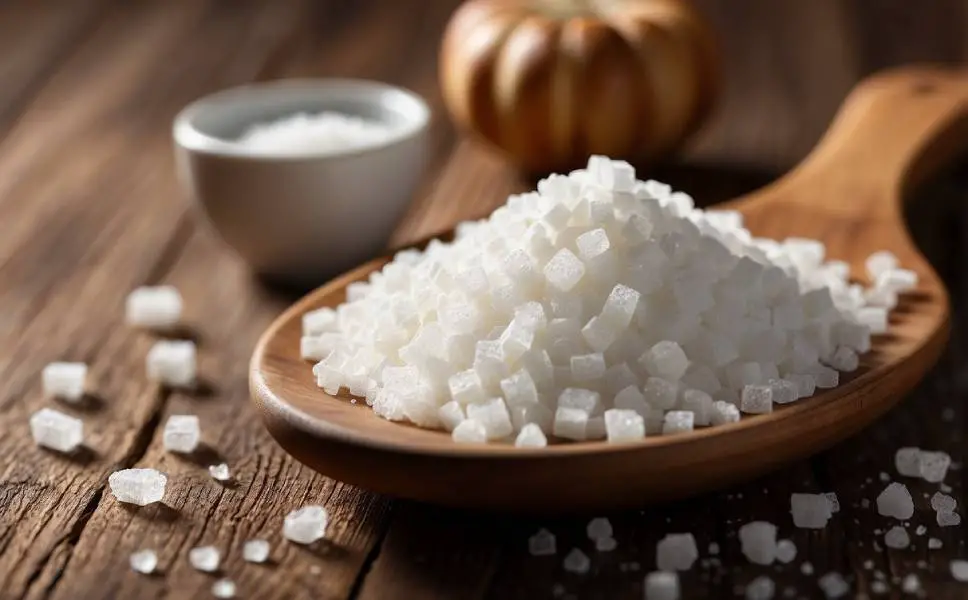
Common Beer Styles and Their Carbonation Level
The following are some of the common beer styles and their carbonation levels:
- American Pale Ale: Moderate (2.2 – 2.8 volumes of CO2)
- Belgian Tripel: High carbonation (3.0 – 3.5 volumes of CO2)
- German Hefeweizen: High carbonation (3.3 – 4.5 volumes of CO2)
- English Bitter: Low carbonation (1.5 – 2.0 volumes of CO2)
- American Stout: Moderate (2.3 – 2.6 volumes of CO2)
- Saison: High carbonation (2.8 – 3.5 volumes of CO2)
- Czech Pilsner: Moderate (2.3 – 2.6 volumes of CO2)
- Irish Dry Stout: Low carbonation (1.7 – 2.3 volumes of CO2)
- American IPA: Moderate to high (2.2 – 2.7 volumes of CO2)
Frequently Asked Questions
How Do You Reduce Carbonation in Beer?
To reduce carbonation in beer, gently pour it into a glass to release some gas. You can also let it sit open for a while or stir it lightly to accelerate the process. If you’re brewing, reduce the amount of priming sugar or yeast during fermentation.
What Is the Carbonation Level of Guinness?
Guinness typically has a carbonation level of about 1.1-1.2 volumes of CO2. This is relatively low compared to many other beers, contributing to its smooth, creamy mouthfeel. The use of nitrogen, in addition to CO2, also helps create the distinctive creamy head and texture.
How Do You Know the Amount of CO2 in Beer?
To determine the CO2 level in beer, use a carbonation tester or a CO2 meter, which measures pressure and temperature to calculate carbonation volume. You can also refer to the beer’s specifications from the brewery or analyze the beer’s head retention, which provides indirect indicators.
Conclusion
Carbonating beer with sugar is a reliable way to add fizz and enhance flavor. By selecting the right sugar, properly preparing it, mixing it with your beer, and bottling carefully, you’ll achieve consistent carbonation. This process helps create a refreshing beer that complements your brewing efforts.
